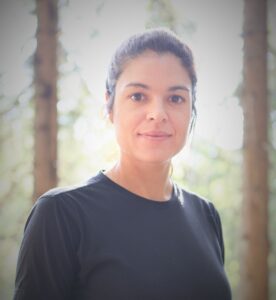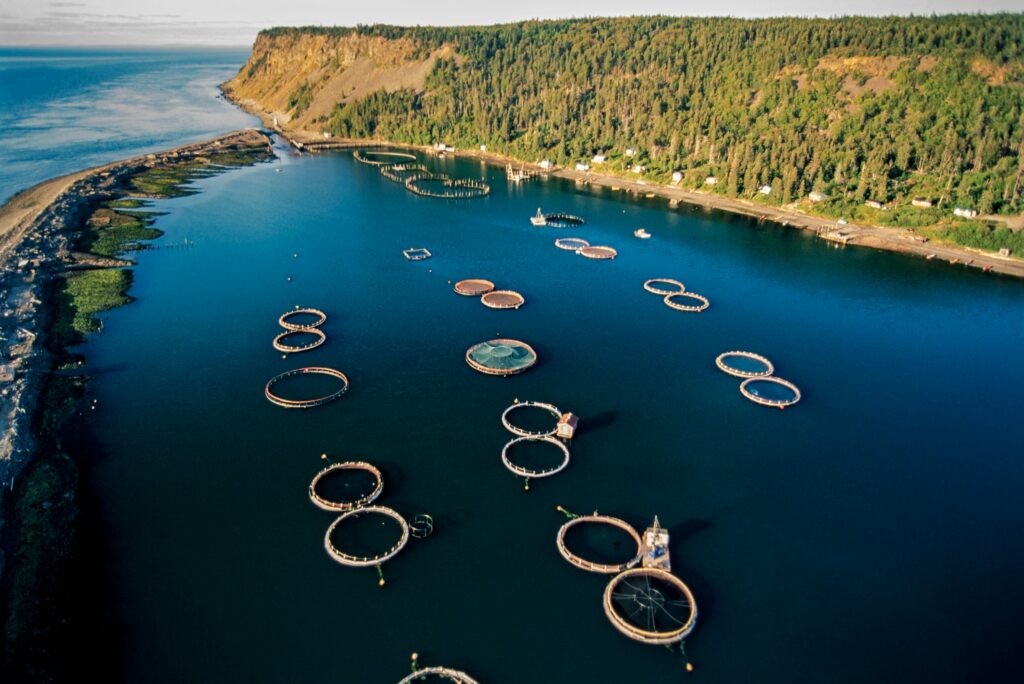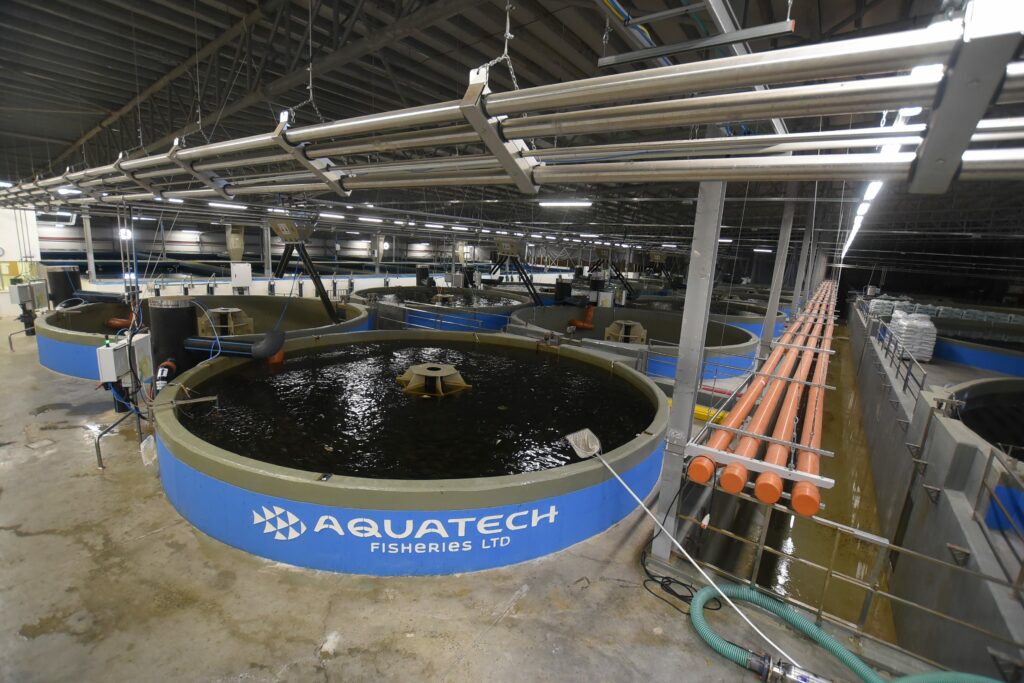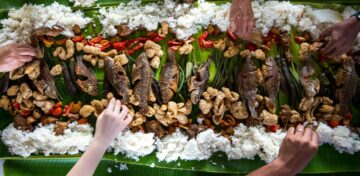Let’s Dive In: Part 2 – How Are Fish Farmed?
As a veterinarian, I’ve spent my career working with pigs, cattle, chickens and the like. Throw a question at me about those species and I’ll likely have an answer. But when it comes to aquaculture? Well, let’s just say I’m a fish out of water.
However, I’m fortunate to be surrounded by experts at Phibro Animal Health who can help fill in the blanks, like Dafna Israel, PhD, Global Research Manager for Phibro Aqua in Israel. As an aquaculture researcher and aquatic feed nutritionist, she formulates and produces innovative high-quality feeds and feed additives.
In Part 2 of “Let’s Dive In,” my four-part series on aquaculture, I share insights from Dafna on how fish get from the farm to our plates.
How Are Fish Farmed?
Fish farming, which is the fastest growing food production sector in the world, all starts with eggs, which are usually produced from adult brood stock (breeder fish) on land-based fresh or marine water facilities depending on the species. Many millions of tiny fish eggs, or roe, which can be as small as one millimeter in diameter for tilapia to eight millimeters for some salmon species, are produced in specialized hatchery facilities.
Once the eggs hatch, which is dependent on water temperature, the new “larvae,” which are a non- feeding stage utilizing nutrients from an attached “yolk sac”, are raised to “fry”, then onto the “fingerling” stage (young adults). Fingerling size varies by species. For example, a tilapia fingerling is around one inch long, while a salmon fingerling can be three inches long. At this early stage the young fish are fed with high quality specialized diets to promote healthy growth and robustness.
Fingerlings are then transferred to new enclosures with ample space for growth. These enclosures may be in coastal marine environments, rivers, lakes or ponds, and sometimes in land facilities, depending on the species.
For example, salmon are generally raised in coastal sea, loch or fjord farms within enclosures that can be up to 110 yards in diameter and enclose water volumes of thousands of cubic meters. Several enclosures, which are strongly anchored to the seabed, may be grouped together to form a “sea site.” The complete production cycle for salmon can take up to three years, depending on the geographical region, where fish reach about 10-to-12 pounds.
Tilapia, on the other hand, are generally raised in warmwater freshwater units such as ponds and extensive lakes. The young larvae are grown in circular tanks, earthen ponds or within “hapa” nets (a specialized rectangular or square net placed in the pond). Once larvae become fry they are transferred to nursery facilities until they reach the fingerling stage, at which point they are grown to about one-to-two pounds. That takes between four to eight months depending on the geographical location, which dictates water temperature and other factors impacting growth.
In recent years there have been advances in what is known as Recirculating Aquaculture Systems (or RAS for short). This is a high technology, innovative fish farming practice that’s carried out completely within a closed land-based facility. It’s sustainable farming at its best.
RAS provides a predictable, constant and controlled environment for the fish with very little influence from the outside environment. This results in lower water use (with 99% of water being re-cycled), efficient use of farming land and full control of feeding, health and welfare of the fish. Fish in RAS production systems are reared in large indoor tanks that are constantly monitored to ensure water quality standards are maintained and fish are healthy.
Some farms may only focus on one stage of production, like producing eggs or fingerlings. Others are one-stop-shops, producing fish from eggs all the way through to harvest. Some farms are “fully integrated,” meaning they control the complete process from egg production to feed supply to processing.
The final stage of fish farming, harvest, involves the careful movement of fish from farms to land-based processing facilities. Once processed, the fish are shipped – fresh or frozen – using specialized equipment and trained personnel, to provide customers like distributors and grocery stores with the freshest product possible.
There is so much to learn about a vast and diverse industry that provides an important – and enjoyable – source of protein for families around the world. This article just scratches the surface, but hopefully gives you a glimpse into how fish get from the farm to our plates. I encourage you to click on the links below for additional information.
Stay tuna-d for “Let’s Dive In” Part 3, “Are Fish Raised on Farms Healthy?” where you’ll learn about the care and innovation keeping fish healthy and thriving through all stages of life.
If you’re interested in learning why fish are farmed, visit the rest of the series,
Let’s Dive In: Part 1 – Why are Fish Farmed? | Explore Animal Health
Let’s Dive In: Part 3 – Are Fish Raised on Farms Healthy? | Explore Animal Health
Let’s Dive In: Part 4 – Is Fish Farming Sustainable? | Explore Animal Health
Resources:
https://www.globalseafood.org/
https://globalsalmoninitiative.org/en/
https://www.globalgap.org/what-we-offer/solutions/ifa-aquaculture/





